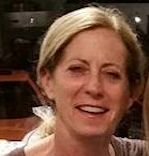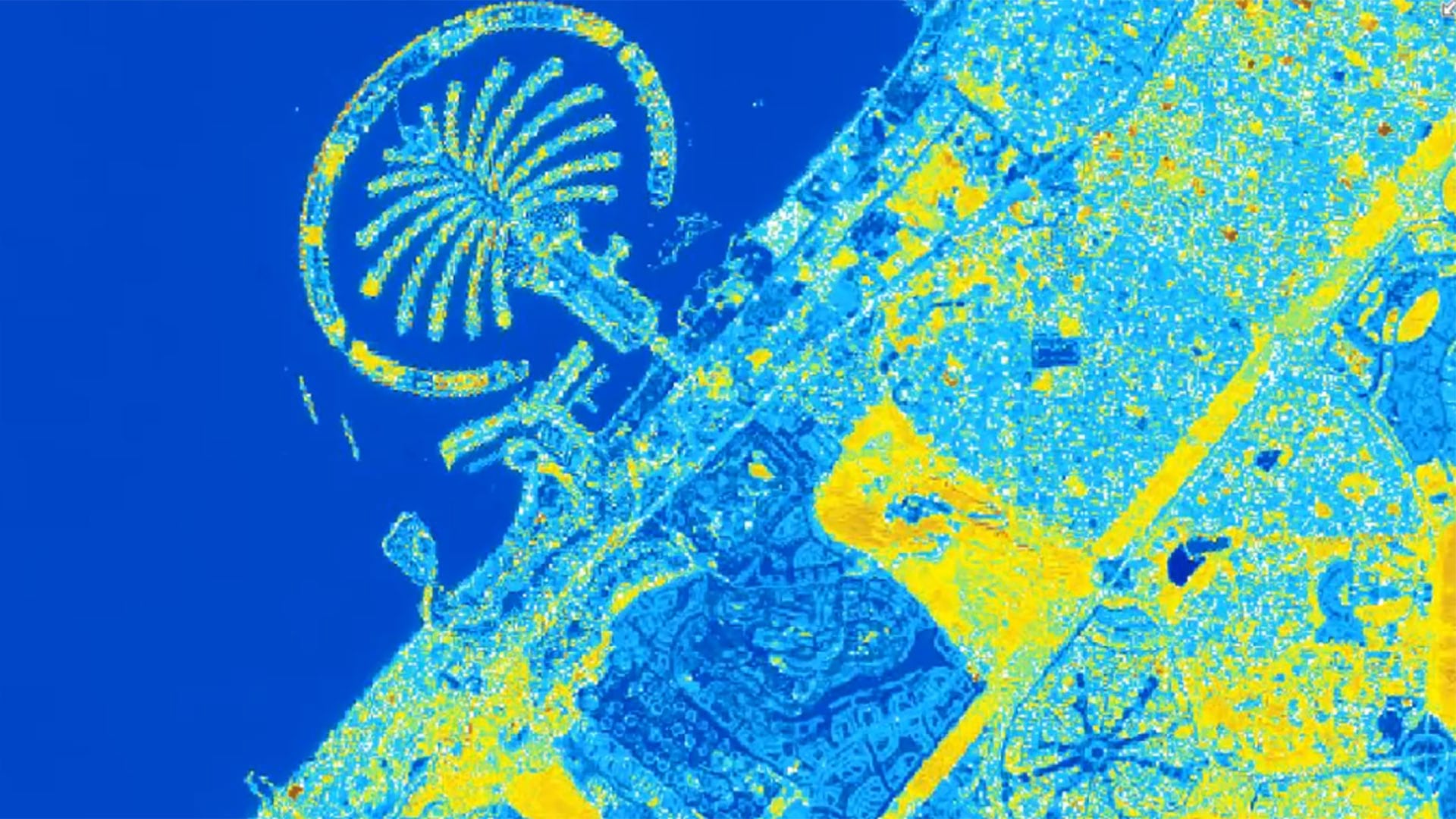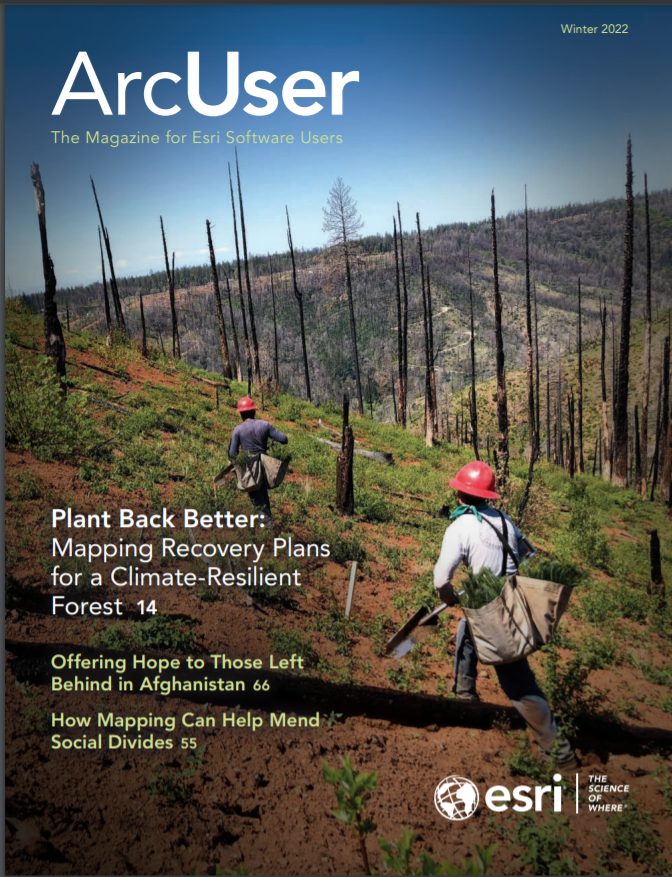As the world deals with the devastating effects of more frequent wildfires, longer droughts, and more intense tropical storms that are attributed to climate change, the other great and interrelated challenge of our era—loss of biodiversity—is often overlooked.
Preserving the abundance and variety of life on Earth is required to support humanity and achieve the United Nations (UN) Sustainable Development Goals (SDGs). However, a 2019 report by the Intergovernmental Science-Policy Platform on Biodiversity and Ecosystem Services (IPBES) found that more animal and plant species are threatened with extinction than ever before in human history and that rate is accelerating. Clearly, action is needed.
Taking effective action will require not only understanding what must be done, but where it must be done. Everything happens somewhere. GIS is the technology that uses where to make strategies actionable.
The late American biologist and biodiversity champion Edward O. Wilson was acutely aware of the need to use the geographic approach to tackle massive species loss on a global scale. In a 2018 conversation with Esri president Jack Dangermond, he noted, “We still live on a little-known planet. We still have to find out what’s still out there—to find out where species are exactly. We are going to have to be doing a lot of mapping to find out where the maximum of diversity exists.”
Wilson advocated transforming geography into a “digitized system of thinking ecosystems that will inform where conservation is most needed to preserve biodiversity.” His vision has been realized in the Half-Earth Project, an initiative of the nonprofit E.O. Wilson Biodiversity Foundation, which advocates conserving half of the world’s land and sea to preserve 85 percent of its biodiversity.
Esri, in partnership with the US Geological Survey and others, has been developing a global framework—releasing the ecological land units (ELUs), the ecological marine units (EMUs), and most recently, the ecological coastal units (ECLUs). However, the creation of an ecological infrastructure of places that should be protected will require massive participation by people—not just scientists—to capture data in the detail that is needed. According to Dangermond, “It will require everybody’s imagination and all of our science and technology to measure virtually everything that moves or changes in the living world.”





